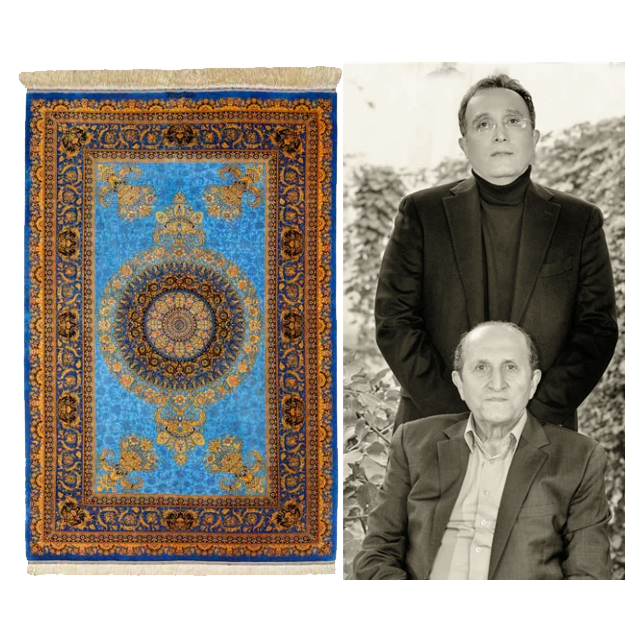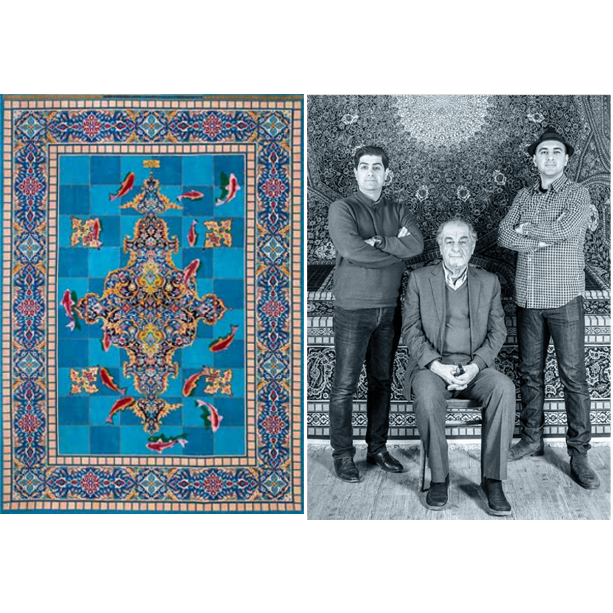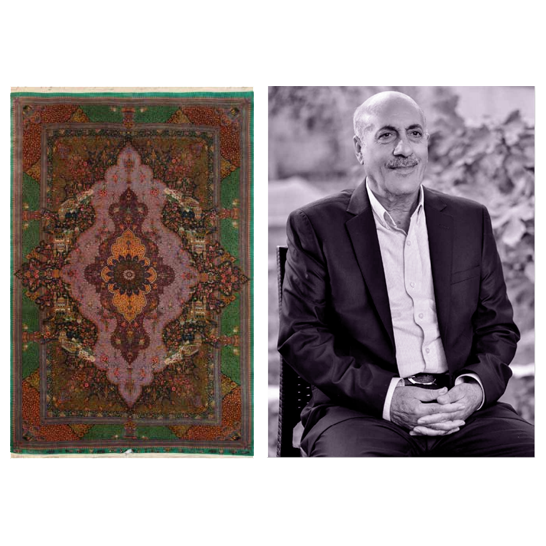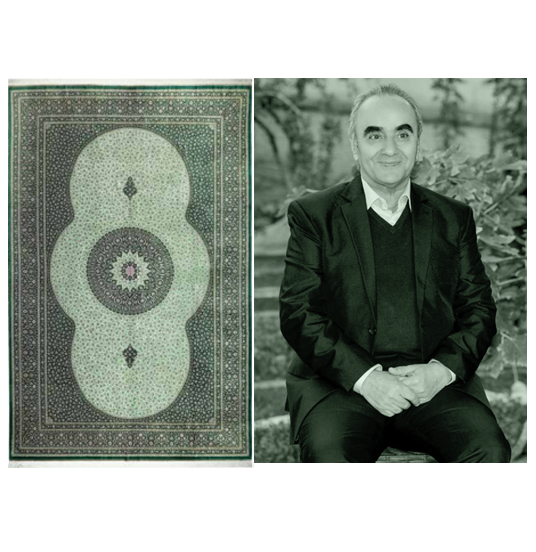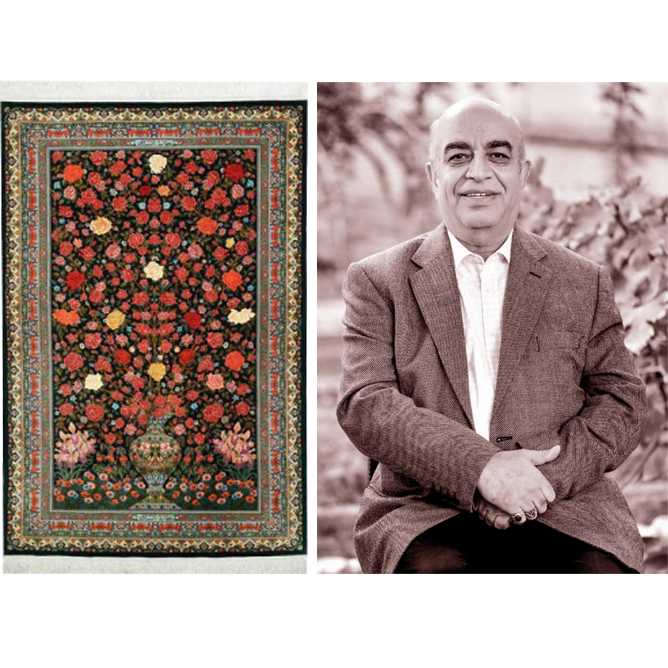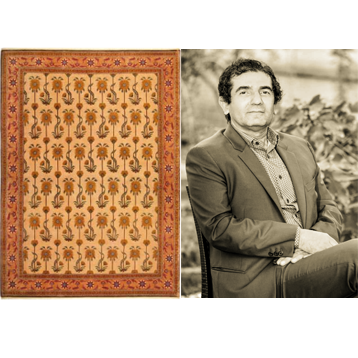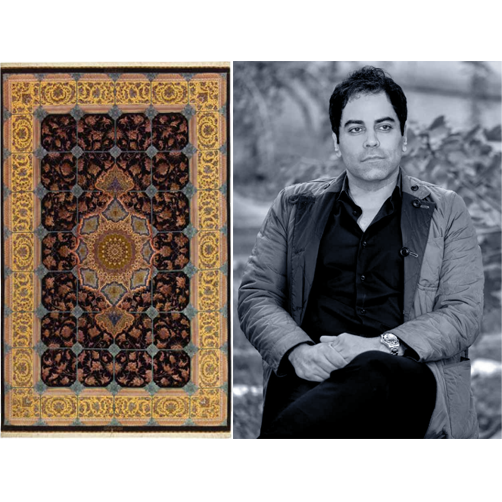Timcheh group
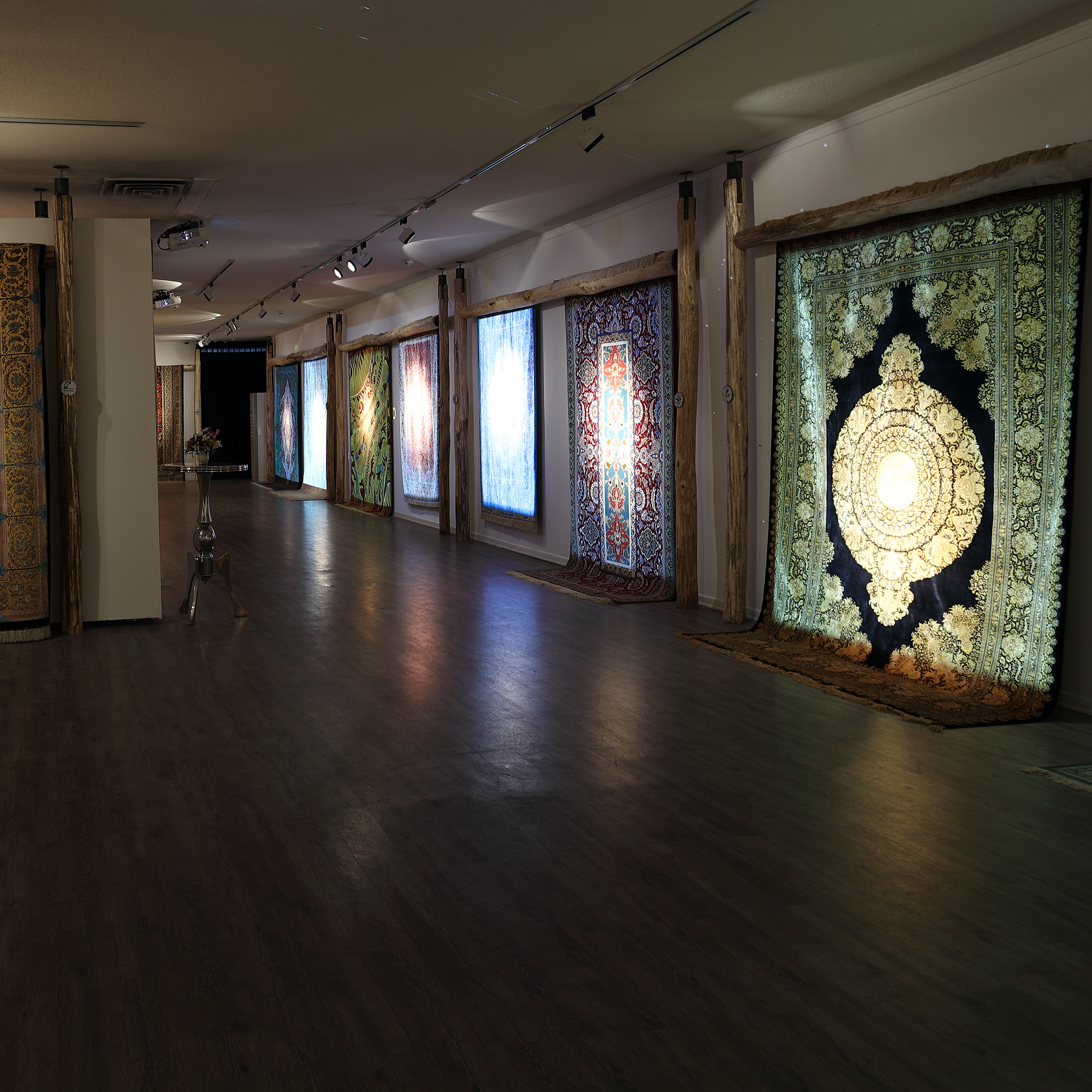
Timcheh group; It was formed in May of 2013 with the presence of a group of top artists producing Qom handwoven rugs. The main goal of this group is to introduce exquisite and authentic Iranian silk rugs, as a mixture of Iranian culture, art, creativity, civilization and identity. The Timcheh group was founded by Mohammad Reza Rashtizadeh, the son of Master Ali Rashtizadeh, with the collective support of veterans of hand-woven rug producers, and has the support of a number of important rug trade unions.
In the long-term goals of this group, confirming the authenticity and providing a valid birth certificate for each rug, branding and introducing the hand-woven rug art and craft, and using the virtual space platform to display and supply authentic Iranian rugs have been emphasized. Also, Timcheh's organizational mission is to expand and develop the authentic Iranian culture through the presentation of handwovens with confirmed authenticity and the continued presence of the handwoven rug cluster in the world markets.

